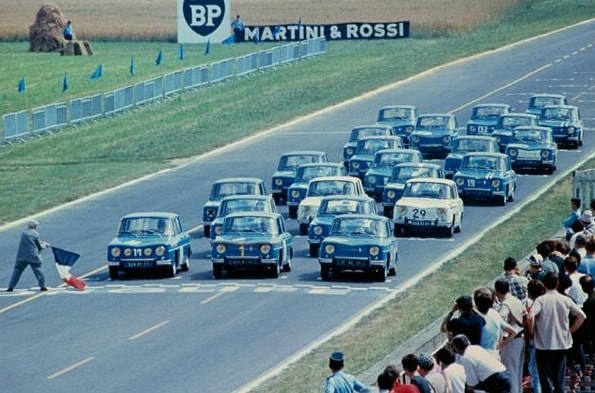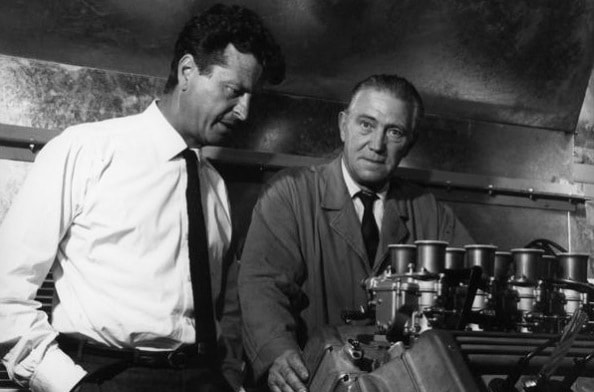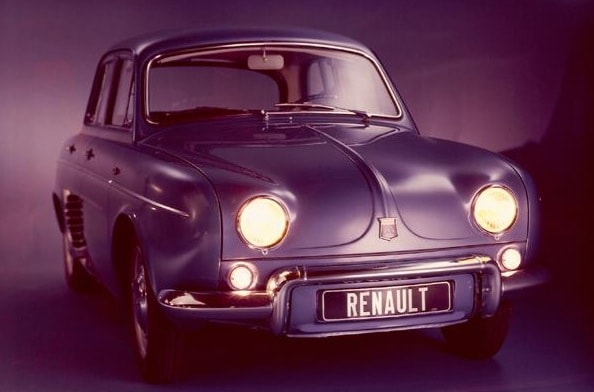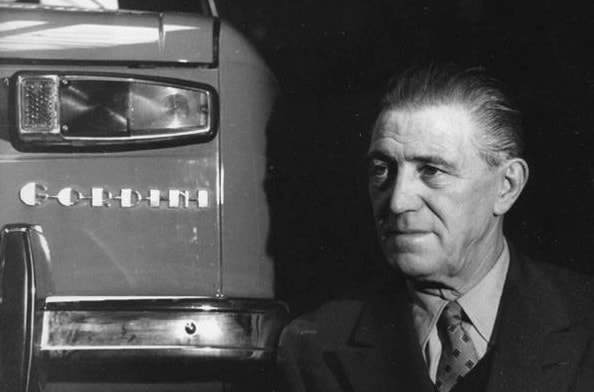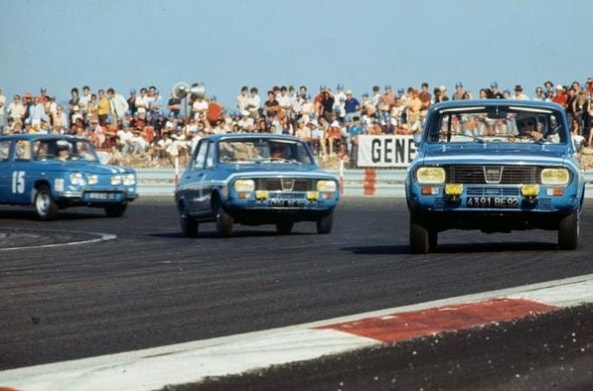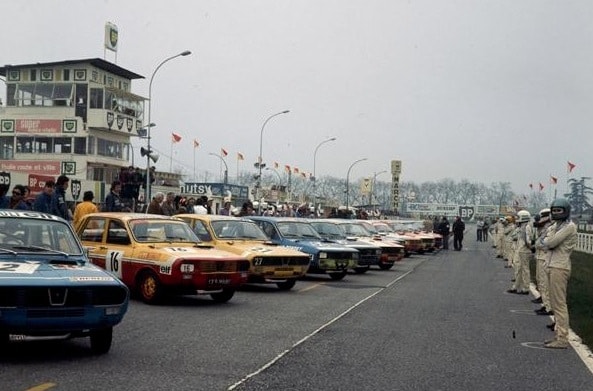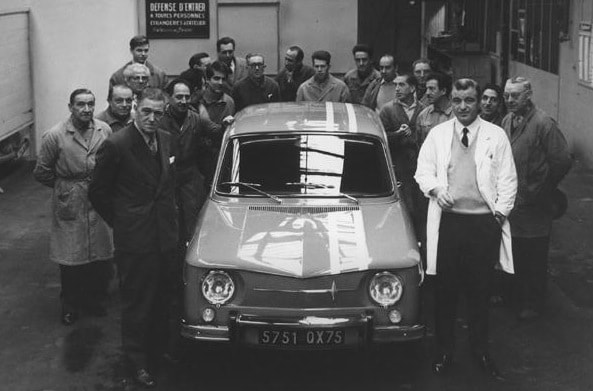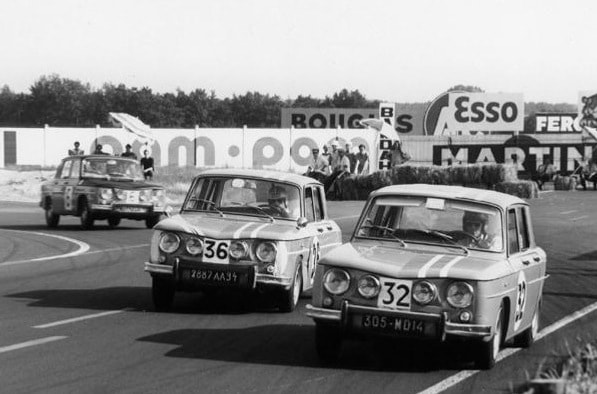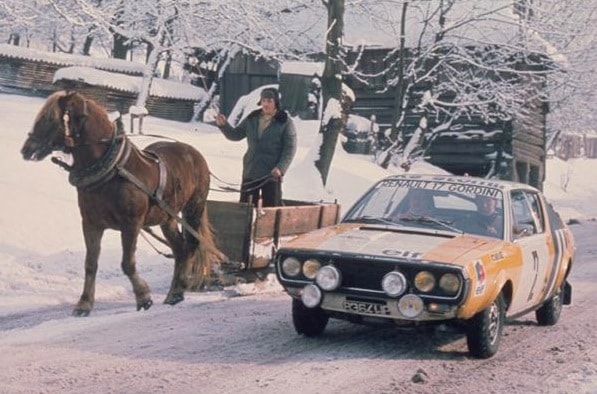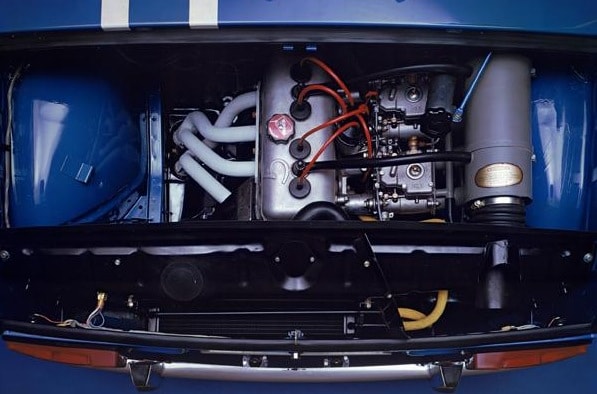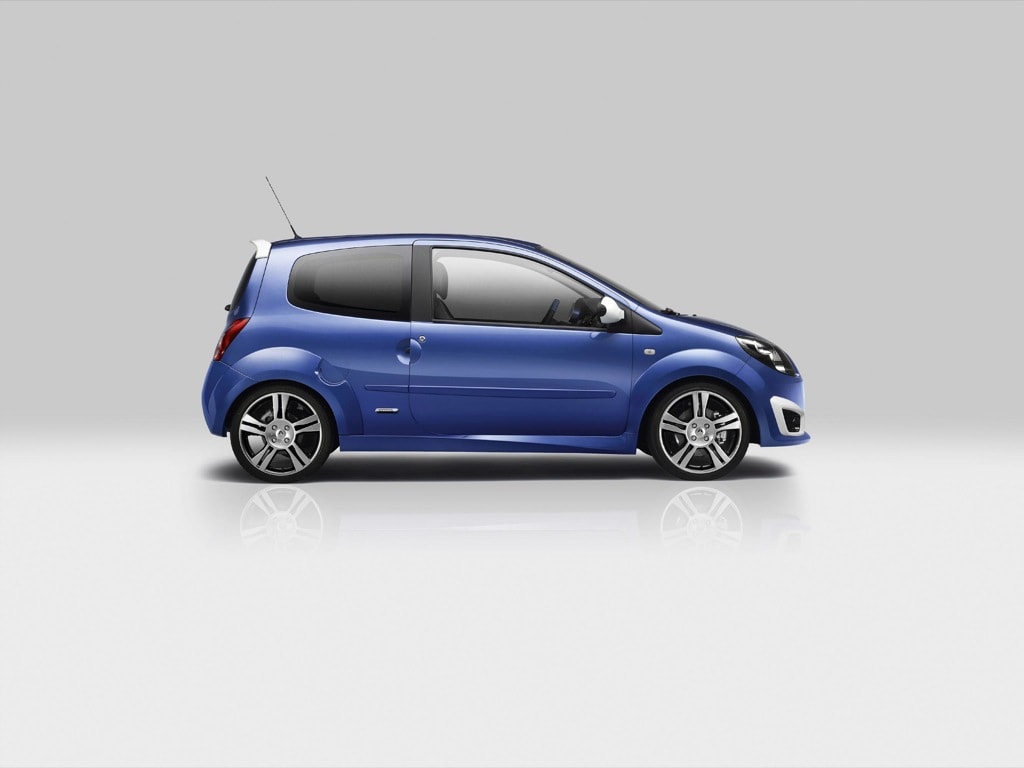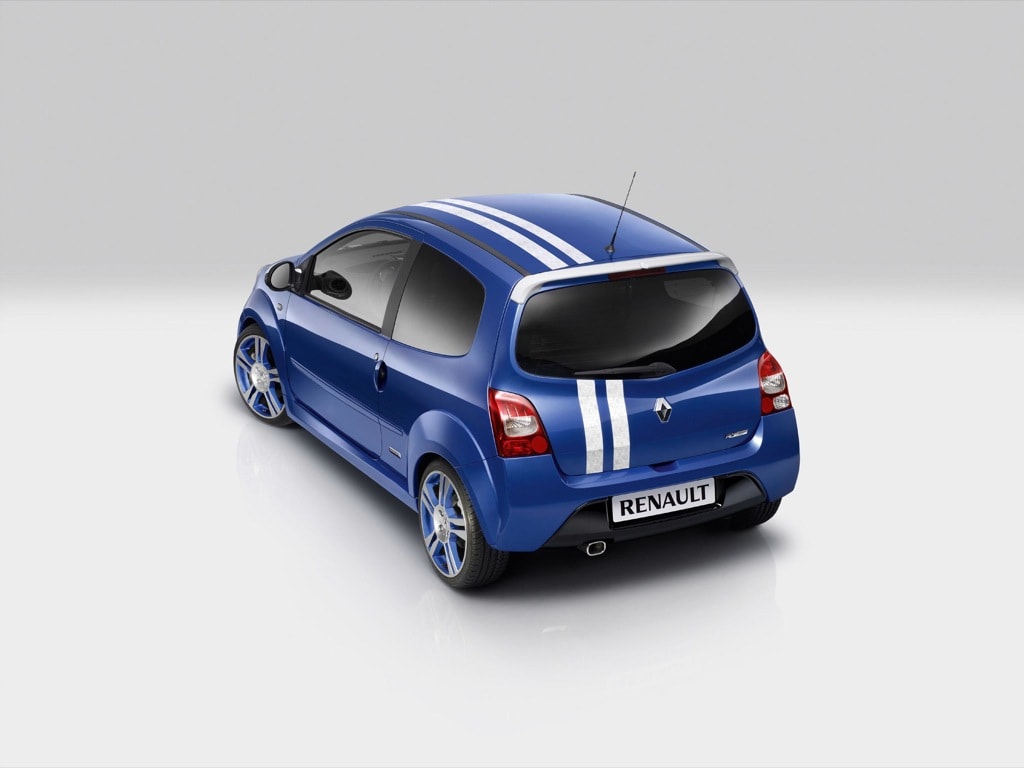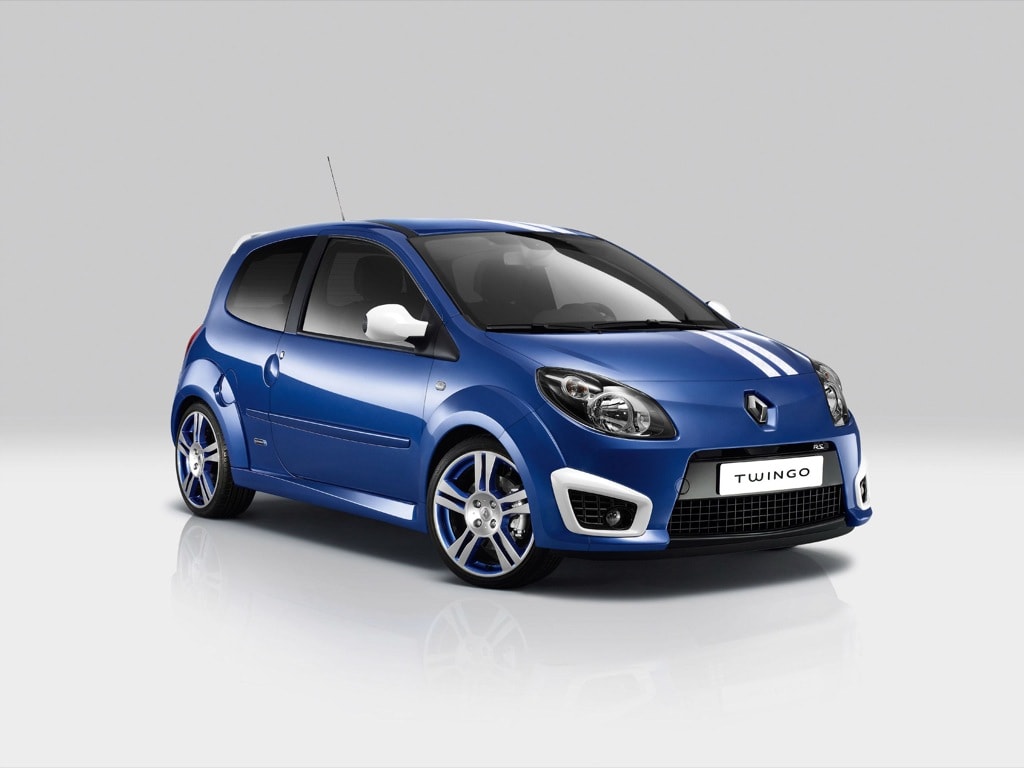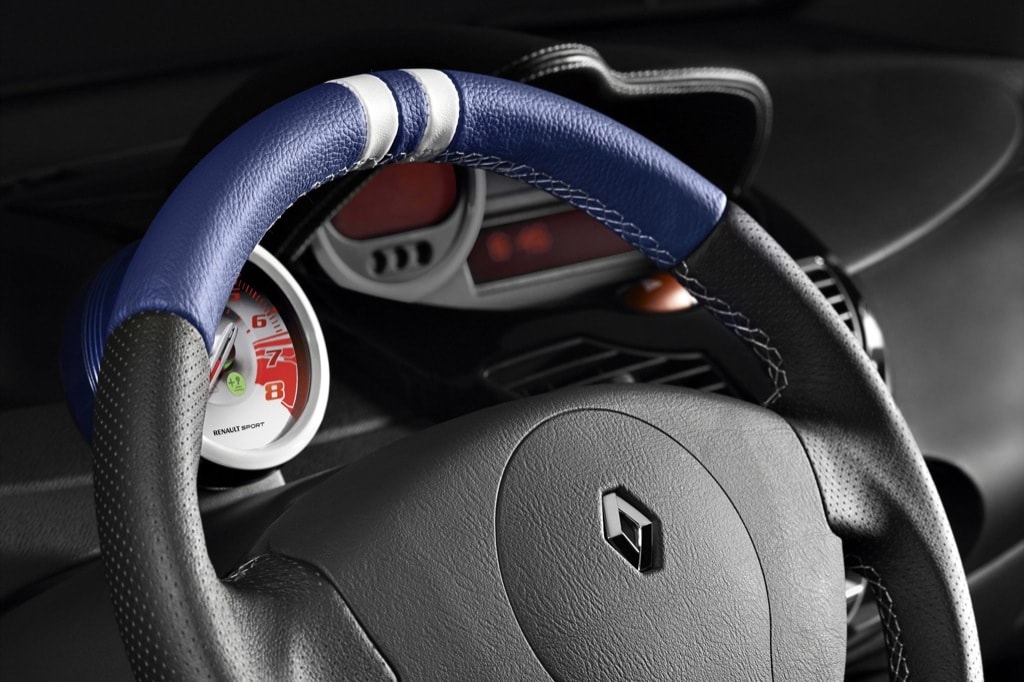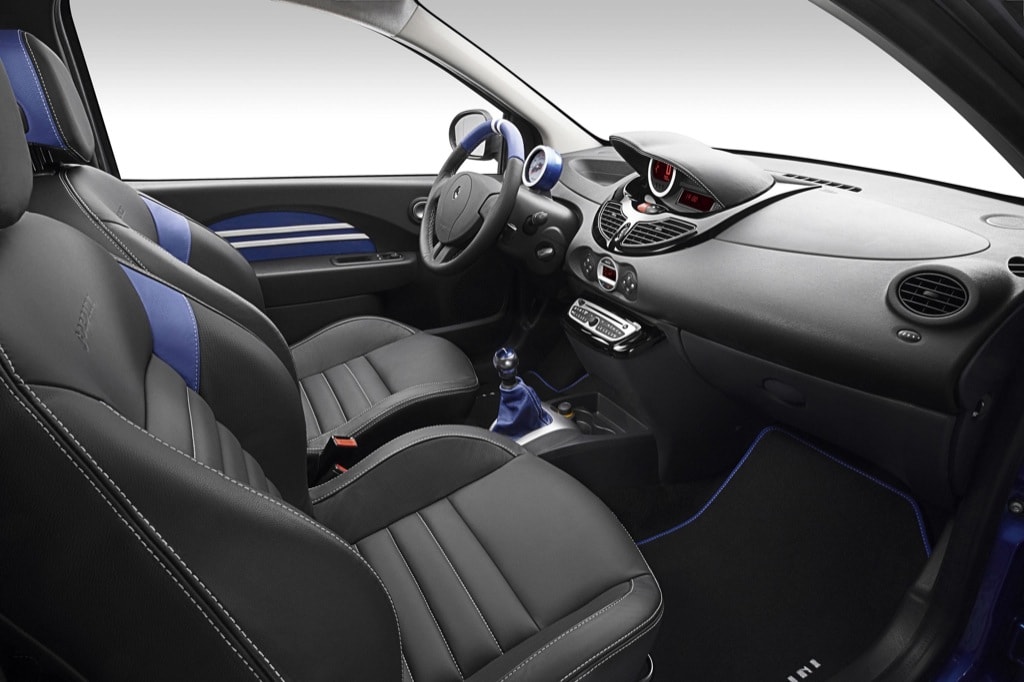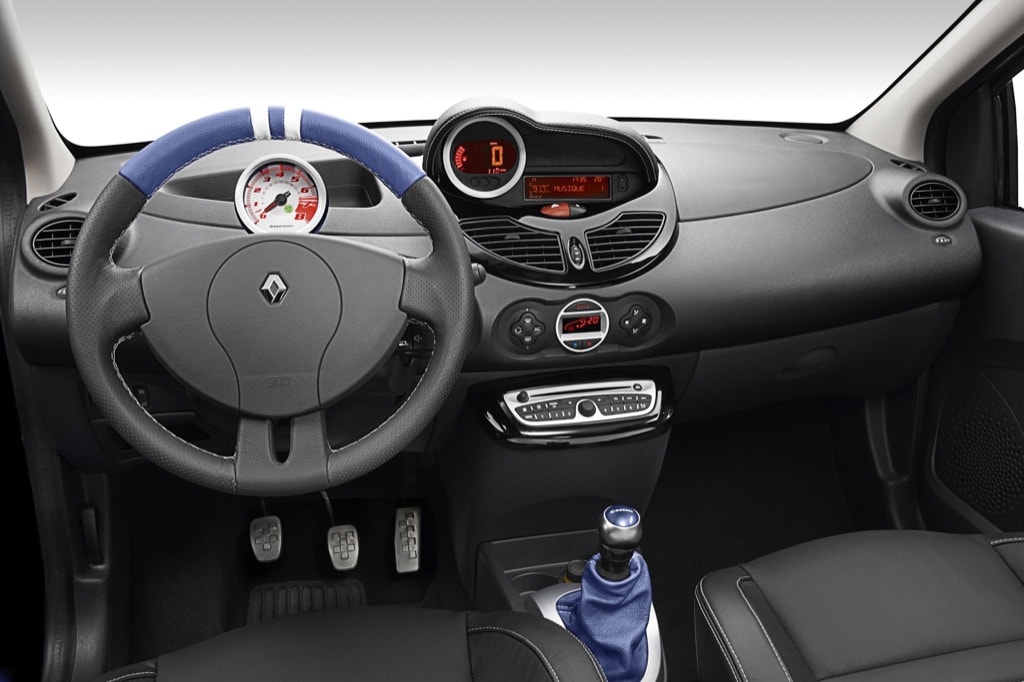If you're one of the guys interested in motorsports, the Gordini nameplate surely rings a bell to you, as it is often considered one of the most iconic brands that ever existed. Fortunately, Gordini came back from the dead this year after Renault decided to take full advantage of the name and launch a new series of cars bearing the Gordini designation. But let's take them one at a time.
Gordini traces its roots to 1899 when Amadeo Gordini was born in Bazzano near Bologna. His bright future in the automotive industry was becoming more obvious straight from his childhood as everything related to cars and mechanics stirred up his interest in a second.
At the age of 26, Gordini decides to emigrate to France, the country that witnessed the impressive growth the brand recorded in the next decades. He began working as a mechanic during the '30s, gaining important experience with Fiat and Simca powertrains. As part of his job, he interacted for the first time with a sport event, namely the Le Mans 24 Hours, that emphasized, once again, his interest in sportscars.
Still, his creations rapidly caught the attention of all those involved in motorsports, with journalist Charles Faroux among the first ones who praised the results of Gordini-tweaked engines. Gordini changed his name to Amedee once he became a French citizen but was mostly known under the le Sorcier (the Sorcerer) nickname, thanks to the performance of the modified cars.
Even if Gordini's future in the auto world started taking shape, Renault brought a major contribution to this iconic brand. The first time the French carmaker made itself noticed in the Gordini business was in 1956 when Amedee met Pierre Dreyfus, the chairman of La Regie Renault, to discuss on a long-term partnership. As a result, Gordini started working on the Dauphine engine, a powerplant that served as the basis of the agreement one year later.
In 1957, both Renault and Gordini decided to monetize the collaboration and gave the go-ahead to the production of 10,000 Dauphine Gordini units, a model that recorded a remarkable success from the very first months of available. Although it shared exactly the same look as a regular Dauphine, the powertrain underwent several modifications, such as a reworked cylinder head, new exhaust ducts and new intakes.
The great success of the Dauphine Gordini led to the creation of a brand new model, the Renault 8 Gordini that saw daylight in 1967. The performance of this Gordini-worked model were really outstanding for that time: a maximum speed of 170 km/h plus the ability to cover a distance of one kilometer in 33 seconds. This was the time when the blue paintwork with two white strips through the center of the car became famous, an attribute that later became a main feature of all Gordini models.
Even if the models sold under this badge made history into the automotive world, Gordini also struggled to give a chance to other drivers sharing the passion of motorsports. That's why after the proposal of three journalists, Alain Bertaut, Paul Dupuis and Georges Fraichard, Renault and Elf founded the Coupe Gordini, a special sports even that allowed all kinds of drivers to test their skills in various races. In 1967, the competition was exclusively focused on track racing, a fact that allowed famous drivers such as Jabouille, Darniche and Serpaggi, make themselves noticed before eventually stepping to a more important championship.
In 1970, Gordini was already a global brand, with fans around the world asking for a special “G-Day” that would allow them to gather together and honor the company. This is how this special event was born at the Le Castellet track in the south of France, with thousands of participants attending the celebration straight from its first edition. But a more important thing is that Renault used the occasion to introduce the Renault 12 Gordini, a front-wheel drive car that entered Coupe Gordini in 1971. However, the car failed to impress, mostly due to the oil crisis, so only 5,000 units were rolled off the assembly lines between 1970 and 1974.
The need for a change was becoming more obvious, so both Renault and Gordini decided to stop production of the 12 Gordini in 1975. Instead, the companies introduced the Renault 17 Gordini and, even if Gordini himself was not involved in development, the car was still upgraded with several high-performance parts, including a five-speed gearbox and enhanced chassis and suspension system.
Unfortunately, Amedee Gordini died in 1979 at the age of 79 and his death coincided with the death of the Gordini brand. Even if Gordini ceased to exist as a stand-alone brand, the company was integrated into Alpine and later into Renaultsport to serve as Renault's sport division.
After launching several Renault models under the RS badge, the French carmaker decided to revive the Gordini nameplate in 2009 and launch a new range of cars tweaked with sporty accessories. The new series includes Gordini-badged versions of Twingo, Clip and Megane.
The first model of the range is the Twingo Gordini RS that comes with several upgrades over the basic model, including Malte Blue or Pearlescent Black metallic paint, black diamond-effect 17-inch aluminum wheels, automatic climate-control, cruise control with speed limiter, ESP, extra-tinted rear glass, Gordini badged leather upholster and blue black leather steering wheel with two white stripes.
Gordini traces its roots to 1899 when Amadeo Gordini was born in Bazzano near Bologna. His bright future in the automotive industry was becoming more obvious straight from his childhood as everything related to cars and mechanics stirred up his interest in a second.
At the age of 26, Gordini decides to emigrate to France, the country that witnessed the impressive growth the brand recorded in the next decades. He began working as a mechanic during the '30s, gaining important experience with Fiat and Simca powertrains. As part of his job, he interacted for the first time with a sport event, namely the Le Mans 24 Hours, that emphasized, once again, his interest in sportscars.
Still, his creations rapidly caught the attention of all those involved in motorsports, with journalist Charles Faroux among the first ones who praised the results of Gordini-tweaked engines. Gordini changed his name to Amedee once he became a French citizen but was mostly known under the le Sorcier (the Sorcerer) nickname, thanks to the performance of the modified cars.
Even if Gordini's future in the auto world started taking shape, Renault brought a major contribution to this iconic brand. The first time the French carmaker made itself noticed in the Gordini business was in 1956 when Amedee met Pierre Dreyfus, the chairman of La Regie Renault, to discuss on a long-term partnership. As a result, Gordini started working on the Dauphine engine, a powerplant that served as the basis of the agreement one year later.
In 1957, both Renault and Gordini decided to monetize the collaboration and gave the go-ahead to the production of 10,000 Dauphine Gordini units, a model that recorded a remarkable success from the very first months of available. Although it shared exactly the same look as a regular Dauphine, the powertrain underwent several modifications, such as a reworked cylinder head, new exhaust ducts and new intakes.
The great success of the Dauphine Gordini led to the creation of a brand new model, the Renault 8 Gordini that saw daylight in 1967. The performance of this Gordini-worked model were really outstanding for that time: a maximum speed of 170 km/h plus the ability to cover a distance of one kilometer in 33 seconds. This was the time when the blue paintwork with two white strips through the center of the car became famous, an attribute that later became a main feature of all Gordini models.
Even if the models sold under this badge made history into the automotive world, Gordini also struggled to give a chance to other drivers sharing the passion of motorsports. That's why after the proposal of three journalists, Alain Bertaut, Paul Dupuis and Georges Fraichard, Renault and Elf founded the Coupe Gordini, a special sports even that allowed all kinds of drivers to test their skills in various races. In 1967, the competition was exclusively focused on track racing, a fact that allowed famous drivers such as Jabouille, Darniche and Serpaggi, make themselves noticed before eventually stepping to a more important championship.
In 1970, Gordini was already a global brand, with fans around the world asking for a special “G-Day” that would allow them to gather together and honor the company. This is how this special event was born at the Le Castellet track in the south of France, with thousands of participants attending the celebration straight from its first edition. But a more important thing is that Renault used the occasion to introduce the Renault 12 Gordini, a front-wheel drive car that entered Coupe Gordini in 1971. However, the car failed to impress, mostly due to the oil crisis, so only 5,000 units were rolled off the assembly lines between 1970 and 1974.
The need for a change was becoming more obvious, so both Renault and Gordini decided to stop production of the 12 Gordini in 1975. Instead, the companies introduced the Renault 17 Gordini and, even if Gordini himself was not involved in development, the car was still upgraded with several high-performance parts, including a five-speed gearbox and enhanced chassis and suspension system.
Unfortunately, Amedee Gordini died in 1979 at the age of 79 and his death coincided with the death of the Gordini brand. Even if Gordini ceased to exist as a stand-alone brand, the company was integrated into Alpine and later into Renaultsport to serve as Renault's sport division.
After launching several Renault models under the RS badge, the French carmaker decided to revive the Gordini nameplate in 2009 and launch a new range of cars tweaked with sporty accessories. The new series includes Gordini-badged versions of Twingo, Clip and Megane.
The first model of the range is the Twingo Gordini RS that comes with several upgrades over the basic model, including Malte Blue or Pearlescent Black metallic paint, black diamond-effect 17-inch aluminum wheels, automatic climate-control, cruise control with speed limiter, ESP, extra-tinted rear glass, Gordini badged leather upholster and blue black leather steering wheel with two white stripes.
